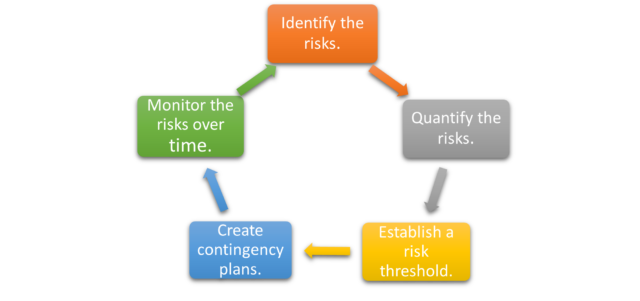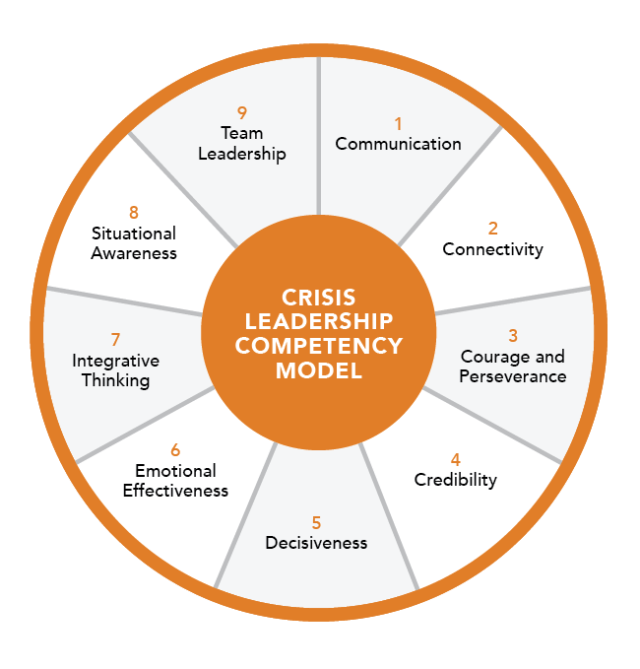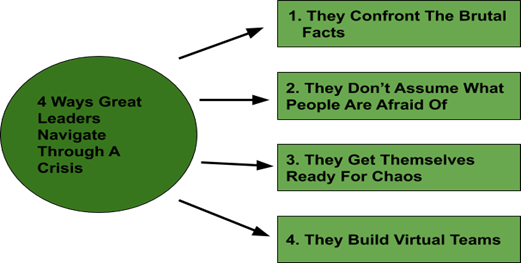“It is in times of crises that great leaders emerge” – Rudy Guliani.
For centuries individuals and organizations alike, regardless of culture, creed, or geographical origin have been fascinated by the ability of an individual to “lead” or “guide” other individuals, teams, and organizations, inspiring and motivating them towards achieving a common goal. Many cultures across the globe attributed its source to a connection with a deity and very often made these individuals kings and queens.
Over centuries, however, we have learned that leadership isn’t some innate ability you are gifted with; that it can be learned, and that it can be found in both the least and most charismatic of people. Today, a leader can be an executive who leads his/her company to higher heights, an Army General, a president of a country, or an individual on a team whose everyday contributions motivate others to be better. Leaders usually set the direction for others: sometimes inspiring them to create something new and extraordinary, but oftentimes inspiring others via the mundane and familiar. But not all leaders are the same.
Leadership Styles:
There are different styles of leadership, each of which can be applied individually or combined depending on the situation. Because this is not an article to discuss the different kinds of leadership, we will simply list the most common types
- Autocratic
- Democratic
- Laissez-Faire
- Others (Bureaucratic, The coach, Transformational, Strategic and Transactional
Crisis
The word crisis, derived from the Greek word (κρίσις – krisis), is an unexpected event that can lead to dangerous and unstable situations affecting either an individual, groups, communities and sometimes society as a whole. These negative changes can be economic, social, political, and environmental.
There are 3 main Characteristics of Crises:
- They are usually unexpected.
- They create uncertainty.
- They threaten the accomplishment of important goals.
Depending on their ensuing impact, crises can be categorized into 6 main types. They can be:
- Political
- Economic
- Environmental
- International
- Personal
- Organizational
Very rarely, however, we do have some crises that spread across all 6 categories. An example of such a crisis would a global pandemic that disrupted lives, businesses, and the international community. One of the challenges that companies may also face with respect to crises is effective identification: How to differentiate between a short-term organizational challenge and a crisis. One rule of thumb we often recommend is assessing the long-term organizational impact of the said challenge on company branding, PR, and overall bottom line. If you or your team and in such a state of flux, request a callback and one of our strategy consultants will be in touch.
Crisis Leadership
It is one thing to be a good leader, it is entirely another to be a good crisis leader. Crisis leaders face challenges distinctly different from normal operations. Crisis management requires leaders to employ knowledge and skills beyond those required for day-to-day work. As crisis is not a regular part of most work environments, facing crisis situations requires leaders to be well prepared for the unknown
Characteristics of Great Crisis Leaders:
The leadership capabilities, strategic thinking ability, and decision-making power of any leader are truly tested during a crisis. The absence of a handy manual and the uniqueness of each crisis demands a great deal of adaptability. Some of the key characteristics among these great leaders include the following:
- They can use factual, logical, and evidence-based approaches to decision-making. We are so often told to listen to our intuition. While that may work in certain aspects of our personal lives, leading an organization requires a fact-based data-driven approach to decision making.
- They must have an accurate sense of environmental dangers and threats. This often requires a proper assessment from a Risk assessment unit within the organization or external consultants. Without a proper understanding of the immediate surrounding threats, devising an accurate counterstrategy becomes more challenging.
- They have a repeatable, executable process. This reduces confusion and increases efficiency and response time. An example of such a process is the risk management framework below:

- They are highly adaptable and decisive
- They are controllers of chaos.
- They exercise caution.
- They stay positive and spread positivity.
- They provide safe environments for their workers.
- They prepare for the unknown: current and upcoming crises.
- They facilitate the empowerment and involvement of workers and Team members.
- They set great Key performance indicators (KPI) to measure performance.
- They take calculated risks in the face of challenges.
- They are present, available, and always visible for their workers and Team members
Crisis Leadership Competency Model
Now the crisis has come and gone, and the organization still stands. How much of that was due to great organizational leadership or due to other factors such as chance? Assessing the efficacy of a great crisis leader can be a challenge. It is for this reason that many organizations use the crisis leadership competency model. It analyzes the performance of leadership from 8 major tenets.

Effective Strategies to Navigate A Crisis:
- Confront the brutal facts: Leaders must stay vigilant to the fast-moving changes and harsh realities. They must communicate the facts directly to the team members and avoid negativity and blame-games. This creates trust within the organization and among team members who would believe that their leaders have their backs and that they value truth over corporate politics. Spreading negativity must always be avoided but especially during crises as it can have a cascading effect throughout the organization. Leaders must focus on bringing the team together and emphasizing honest and open communication.
- Do not make assumptions: Now is not the time to make assumptions but rather, a moment to get dirty! Leaders should not assume what the problems are but must communicate with their employees on what is most important. This should be a regular within any organization with great leadership but is extremely important during crisis management. Allowing your people to express their emotional and other concerns will help them sort out their real losses from the perceived ones. This creates a feeling of being understood and strengthens the bond between team members and the organization. Leaders must then act on the feedback received.
- Be ready for chaos: Before any crisis outbreak, the leader must be efficient enough to forecast the emergency situations, analyze system defects, detect early signs of potential failures, and warn its team members about the uncertainty caused by the upheaval. Reworking for the crisis management plan must be done by the leaders in a timely manner. An applicable crisis management framework must be adopted by the organization. This can be accomplished by setting smaller goals with frequent checkpoints, and by redesigning the rules for operations.
- 4. Build up virtual teams: The leader must strategically plan to make the timely and decisive actions necessary and to delegate to the appropriate employees the responsibilities and necessary precautions. With the loss of informal and personal contact during the COVID-19 pandemic, building up virtual teams enabled leaders to stay connected with their members.

CASE STUDIES:
| Company Name | Crisis | Company’s Response | Result |
| Johnson & Johnson’s cyanide-laced Tylenol capsules (1982) | Seven people died after taking extra-strength Tylenol capsules that had been laced with potassium cyanide | The company quickly pulled 31 million bottles of Tylenol — $100 million worth — off the shelves and stopped all production and advertising of the product. | The media appreciated the lengths J&J went to and its concern for the public interest and helping the Tylenol brand to recover. |
| PepsiCo’s can tampering rumors (1993) | A syringe was allegedly found in a can of Diet Pepsi in Washington state. The following week, more than 50 reports of Diet Pepsi can tamper sprung up across the country. | The company produced four videos throughout the crisis, a comprehensive report on its soda canning process. The most compelling was a surveillance tape of a woman in a Colorado store putting a syringe into a can of Diet Pepsi behind the store clerk’s back. | Diet Pepsi sales had fallen 2% during the crisis but recovered within a month. |
| JetBlue’s week-long operational breakdown (2007) | JetBlue’s operations collapsed after an ice storm hit the East Coast of the U.S., leading to 1,000 canceled flights in just five days. | CEO wrote a public letter of apology to JetBlue customers, introduced a customer’s bill of rights, and presented a detailed list — which included monetary compensation — of what the company would do to help all the affected passengers. | JetBlue managed to quash much of the uproar by being as public Though there was much reputational damage done, JetBlue’s comeback allowed it to regain some of its luster. |
